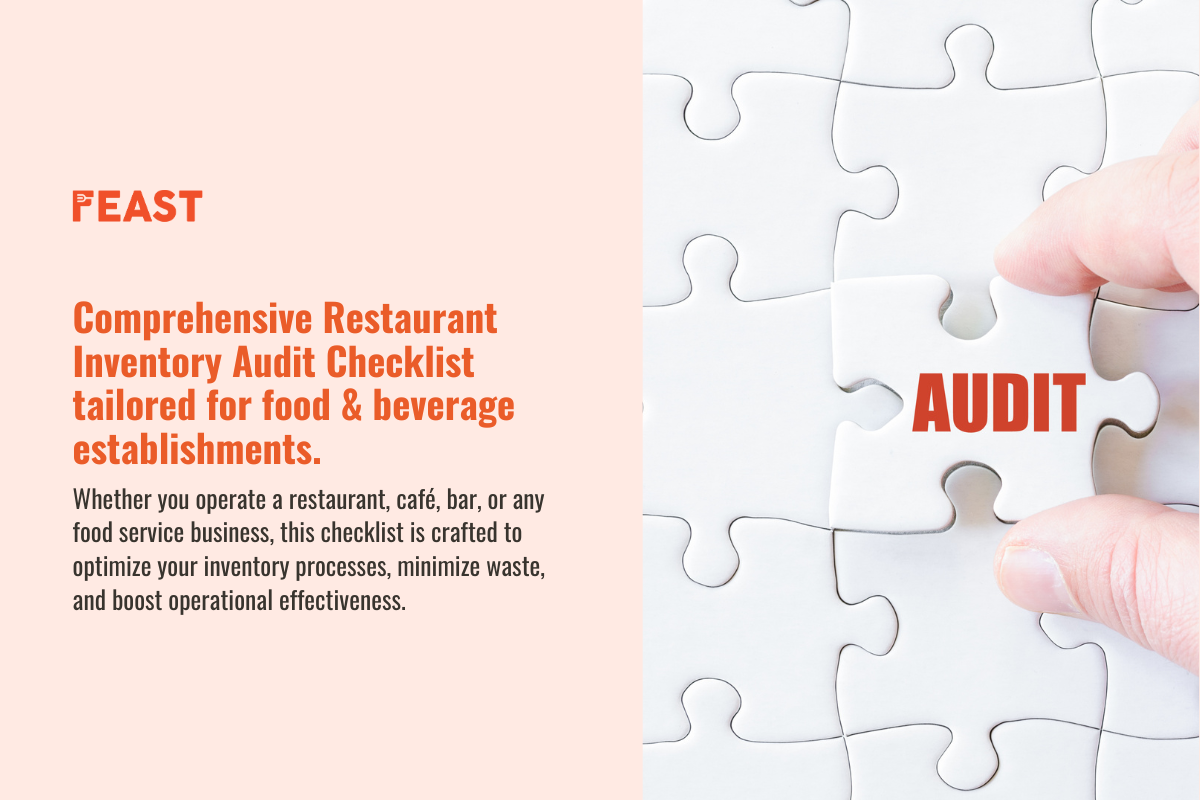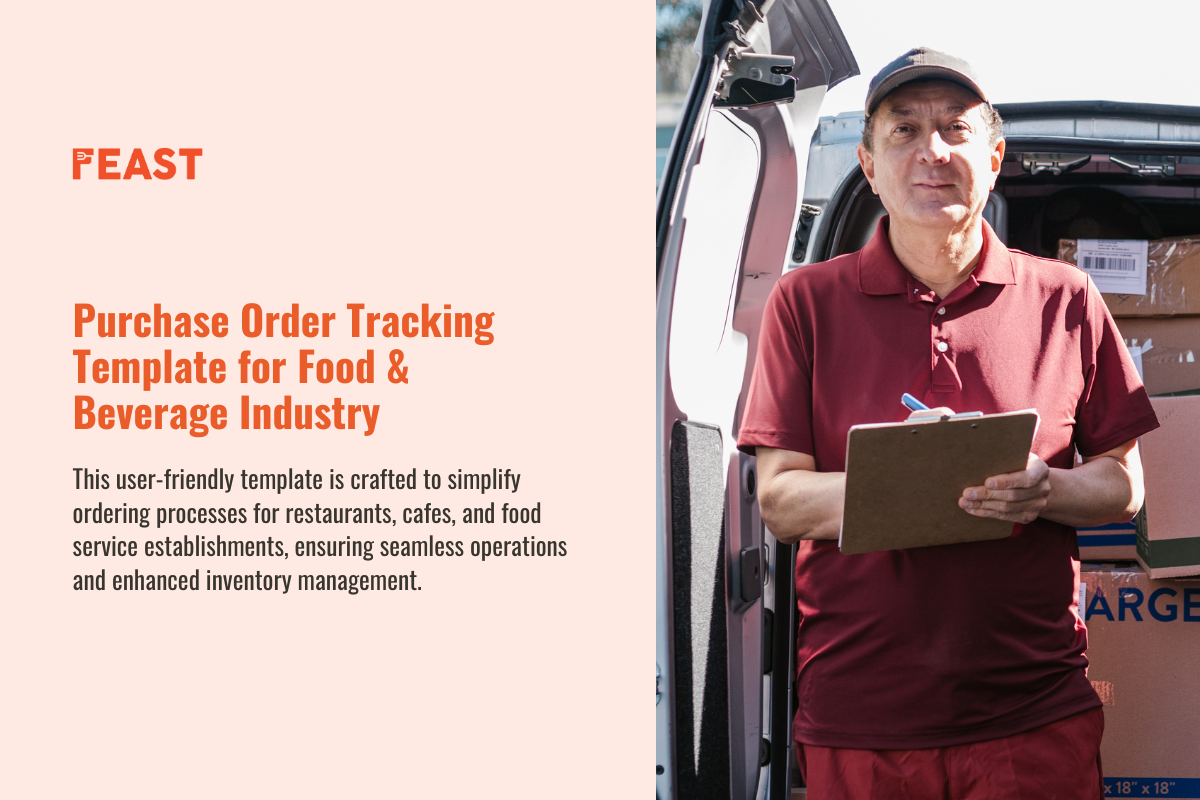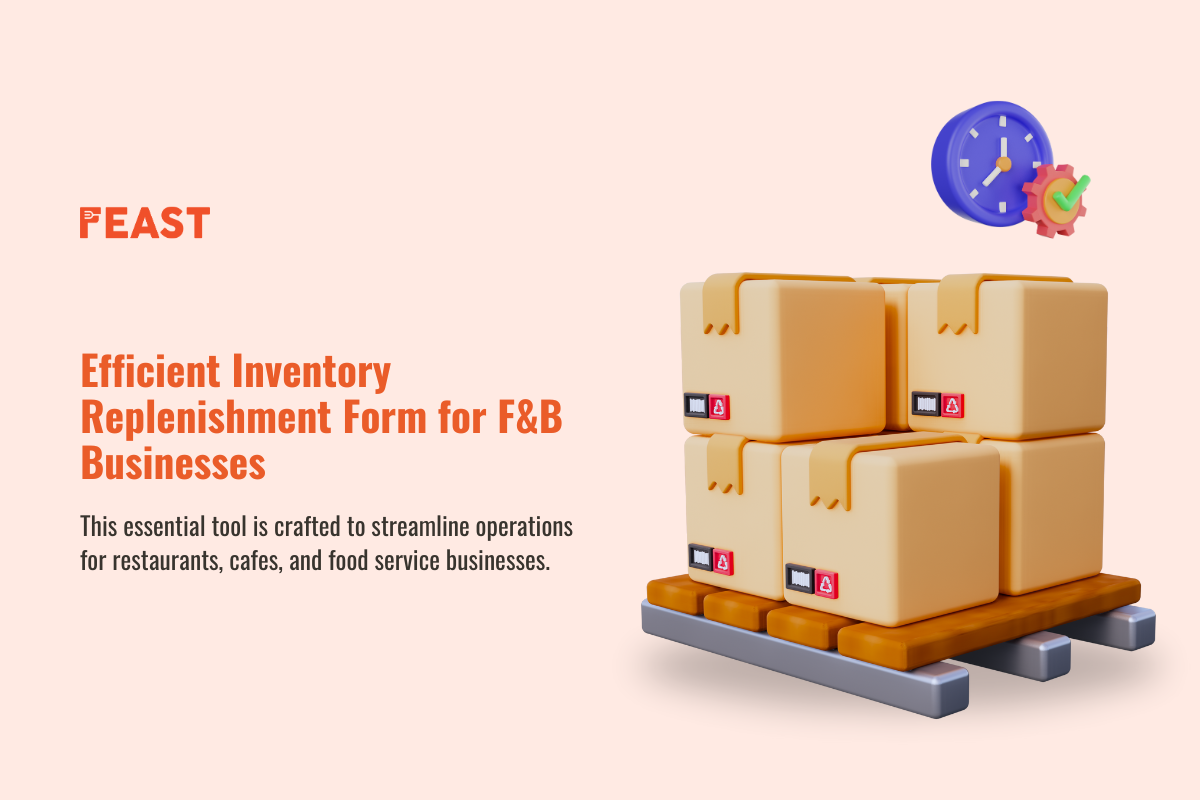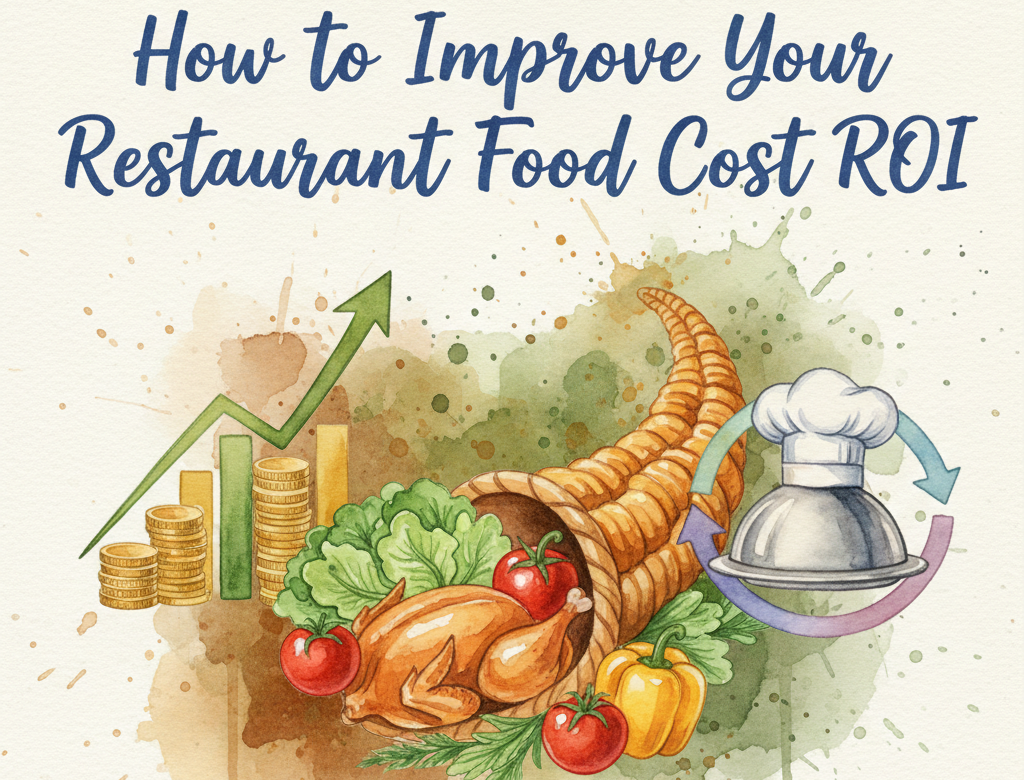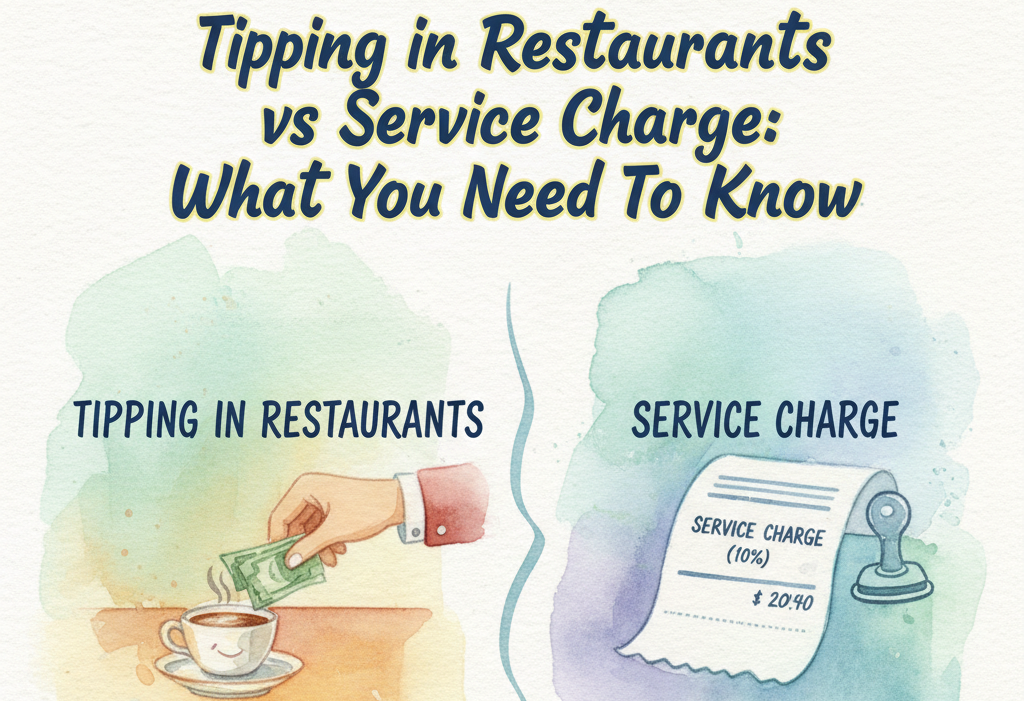You will never be able to manage the finances of your restaurant without knowing your numbers. A balance sheet will help you track the numbers of your restaurant. It helps you see what you own, what you owe, and how much money you’ve put into the business. It also helps predict cash flow and track profit and loss. In this blog, we will be talking about what a balance sheet is and why it is important for your restaurant. You will learn how to predict your cash flow with a balance sheet and will also get to see an example of a restaurant balance sheet.
What Is a Restaurant Balance Sheet?
A balance sheet is a financial statement that shows three main things:
- What You Own (Assets) – This includes cash, equipment, inventory, and even money customers owe you.
- What You Owe (Liabilities) – Loans, unpaid bills, and wages you need to pay fall under this.
- Your Stake in the Business (Equity) – This is the remaining value after subtracting what you owe from what you own.
The balance sheet follows a simple rule:
Assets = Liabilities + Equity
This means everything you have comes from either borrowing (liabilities) or your investment (equity).
Why You Need a Balance Sheet
Helps You Manage Cash Flow
One of the biggest challenges in the food business is ensuring you have enough cash to cover daily expenses. A balance sheet shows how much money you have available right now (current assets) and what bills need to be paid soon (current liabilities). If your liabilities are higher than your assets, you might run into cash shortages.
For example, if you see that your cash reserves are low but you have a large supplier payment due next week, you can take action, like adjusting inventory purchases or speeding up customer payments, before it becomes a crisis. Without a balance sheet, you might not realize the problem until it’s too late.
Tracks Business Growth or Decline
A balance sheet gives you a snapshot of your financial health at any given time. By comparing balance sheets from different months, you can see if your business is growing or struggling.
If your assets are increasing while liabilities stay the same or decrease, your business is moving in the right direction. But if debts are piling up faster than your assets, it’s a warning sign that you need to adjust your strategy. Regular reviews help you catch problems early and make necessary changes before they become serious.
Essential for Loans and Investors
Banks and investors want proof that your business is financially stable before lending money or investing. A well-maintained balance sheet shows them exactly where you stand.
Lenders look at your assets to see if you have enough collateral to secure a loan. They also check your liabilities to determine if you can handle additional debt. If your balance sheet shows strong equity and manageable liabilities, you’re more likely to get approved for financing.
Investors use the balance sheet to assess risk. If your business has more debt than assets, they may see it as too risky. But if your equity is growing, it signals a healthy business worth investing in.
Prevents Financial Mismanagement
A study by the U.S. Small Business Administration found that 30% of food businesses fail due to poor financial management. Many of these failures could have been avoided with proper financial tracking.
A balance sheet forces you to organize your finances. You can’t ignore unpaid bills or overdue loans when they’re listed. It also helps you spot inefficiencies, like too much money tied up in unused inventory or slow-paying customers.
By keeping an updated balance sheet, you make informed decisions instead of guessing. You know exactly where your money is going, which expenses to cut, and where to invest for better returns.
Improves Tax Planning
Tax season becomes much easier when you have accurate financial records. A balance sheet helps you track deductible expenses, depreciation on equipment, and overall profitability—all of which affect your tax liability.
Without a this sheet, you might miss deductions or underestimate taxes, leading to penalties or cash flow problems. With one, you can plan, set aside money for taxes, and avoid last-minute surprises.
Builds Confidence in Decision-Making
When you know your numbers, you make better choices. Should you buy new kitchen equipment? Hire more staff? Expand to a new location? A balance sheet gives you the data to weigh risks and benefits.
For instance, if your balance sheet shows strong cash reserves and low debt, you might decide it’s a good time to invest in upgrades. But if liabilities are high, you may delay expansion until finances improve.
How to Create a Restaurant Balance Sheet
Step 1: List Your Assets
Assets are things that bring value to your business. They can be:
Current Assets (short-term, can turn into cash within a year):
Cash in hand and bank accounts.
Inventory (food, drinks, supplies).
The money customers owe (if you offer credit).
Fixed Assets (long-term, not easily converted to cash):
Kitchen equipment (ovens, refrigerators).
Furniture (tables, chairs).
Property (if you own the building).
Example:
Cash in bank: RM 15,000
Inventory: RM 8,000
Equipment: RM 50,000
Total Assets = RM 73,000
Step 2: List Your Liabilities
Liabilities are debts or obligations. They can be:
Current Liabilities (due within a year):
Unpaid supplier bills.
Short-term loans.
Employee wages you owe.
Long-Term Liabilities (due after a year):
Bank loans for expansion.
Mortgage on property.
Example:
Unpaid bills: RM 5,000
Short-term loan: RM 10,000
Long-term loan: RM 20,000
Total Liabilities = RM 35,000
Step 3: Calculate Your Equity
Equity is what’s left for you after paying all debts.
Equity = Total Assets – Total Liabilities
From the example:
RM 73,000 (Assets) – RM 35,000 (Liabilities) = RM 38,000 (Equity)
This means if you sell everything and pay all debts, you’ll have RM 38,000 left.
How a Balance Sheet Helps Predict Cash Flow
Your balance sheet shows if you have enough cash to cover bills. For example:
If your current assets (RM 23,000) are higher than current liabilities (RM 15,000), you’re in a good position.
If liabilities are higher, you may face cash shortages.
Tracking this monthly helps you spot problems early.
Understanding Profit and Loss Through Your Balance Sheet
The Connection Between P&L and Balance Sheets
Your profit and loss statement and balance sheet work together to give a complete financial picture. While they serve different purposes, they directly impact each other. The P&L tracks your earnings and spending over weeks or months, showing whether you’re operating at a profit or loss. The balance sheet captures your financial standing on a specific day, listing what you own versus what you owe.
How Profits Affect Your Equity
When your restaurant earns more than it spends, this profit directly boosts your equity on the balance sheet. For instance, a RM 5,000 monthly profit increases your owner’s equity by that same amount. This growth represents the value you’re building in your business. You’ll see this change in the equity section of your next balance sheet, typically under “retained earnings” or “owner’s equity.”
How Losses Impact Your Financial Position
Conversely, when expenses exceed income, the loss reduces your equity. An RM 3,000 monthly loss would decrease your equity by that amount. Regular losses gradually erode your business’s net worth, which appears as shrinking equity on successive balance sheets. This signal warns you to examine operations before financial troubles become serious.
Tracking Financial Health Over Time
By comparing balance sheets from different periods alongside your P&L statements, you can trace how profits or losses alter your restaurant’s financial foundation. Growing equity from consistent profits indicates healthy operations, while declining equity suggests needed adjustments. This relationship helps you make informed decisions about pricing, costs, and investments to maintain profitability and strengthen your balance sheet.
Example of a Restaurant Balance Sheet
ABC Restaurant – Balance Sheet (As of 31st December 2023)
Assets
Cash: RM 15,000
Inventory: RM 8,000
Equipment: RM 50,000
Total Assets: RM 73,000
Liabilities
Unpaid bills: RM 5,000
Short-term loan: RM 10,000
Long-term loan: RM 20,000
Total Liabilities: RM 35,000
Equity
Owner’s investment: RM 30,000
Retained earnings: RM 8,000
Total Equity: RM 38,000
Total Liabilities + Equity = RM 73,000
This matches total assets, so the sheet is balanced.
FAQ Section
By keeping a clear balance sheet, you stay in control of your finances and make smarter decisions. Start today, and you’ll see the difference in your business health.


